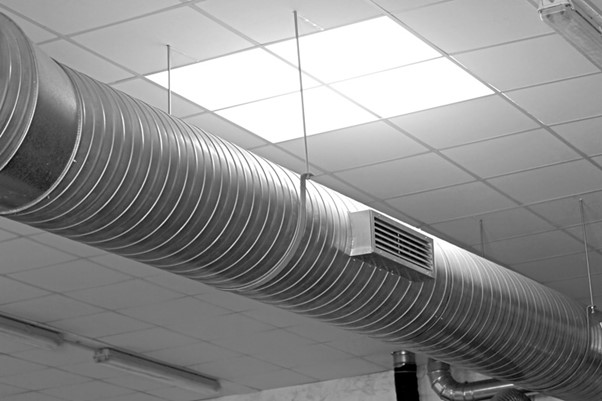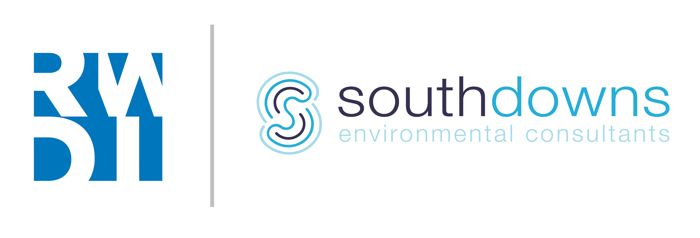Introduction
UN Environment Program[1] and the WHO[2] identified air pollution as one of the biggest environmental threats to health. Worldwide air pollution causes 1 in 9 deaths and in England[3], contributes with up to 38,000 deaths a year linked to long-term exposure. Different agencies and researcher institutions have identified that people spend 90% or more of their time indoors, pre- COVID-19.
In the UK, The Clean Air (Human Rights) Bill[4] is under discussion in the House of Lords to become law. Once approved, it will provide the right to communities to take legal action and defend their right to clean air indoors and outdoors.
These developments are bound to make air quality assessments and mitigation plans more relevant than ever.
New Guidance
 The Institute of Air Quality Management (IAQM)[5] has released new guidance to assess indoor air quality (IAQ). This guidance marks the beginning of a new era of assessment in the UK for new and existing buildings, including residential, educational, commercial/retail premises, healthcare, community amenities, and new facilities on or near brownfield sites. Ingress of pollutants with the potential to be toxic associated with natural sources, combustion sources, vehicle exhaust, and land contaminated sites can impact air quality within existing .
The Institute of Air Quality Management (IAQM)[5] has released new guidance to assess indoor air quality (IAQ). This guidance marks the beginning of a new era of assessment in the UK for new and existing buildings, including residential, educational, commercial/retail premises, healthcare, community amenities, and new facilities on or near brownfield sites. Ingress of pollutants with the potential to be toxic associated with natural sources, combustion sources, vehicle exhaust, and land contaminated sites can impact air quality within existing .
The new IAQM guidance explains how to determine the need for an indoor air quality assessment and the stages to conduct a simple approach (identifying sources, pathways, and affected receptors) and/or a detailed one, including monitoring/modelling (computational fluid dynamics (CFD)). Simple or detailed assessments of indoor air quality will assist to provide the level of mitigation/improvement required. The IAQ guidance shows how indoor air quality is expected to be assessed in new and existing properties with the overall aim to protect residents.
How we can help
Southdowns Environmental Consultants – RWDI has extensive experience carrying out indoor and occupational air quality surveys, including dust monitoring during underground construction of railway tunnels, and monitoring of respirable/inhalable dust and VOCs in manufacturing facilities as well as residential and commercial premises in the UK.
RWDI expands our services supporting design stages with a strong team providing CFD, and wind tunnel assessments with the overall aim to optimize total comfort for occupants to support high performance building design including aspects like wind, daylight, temperature, relative humidity, air quality, noise, etc. Our flexible approach will allow us to tailor a service with specific requirements.
Please contact enquiries@southdowns.eu.com for further information on our capability and experience.
[1] Air | UNEP – UN Environment Programme
[2] WHO global air quality guidelines: particulate matter (PM2.5 and PM10), ozone, nitrogen dioxide, sulfur dioxide and carbon monoxide
[3] Public Health England publishes air pollution evidence review – GOV.UK (www.gov.uk)
[4] Clean Air (Human Rights) Bill [HL] – Parliamentary Bills – UK Parliament

